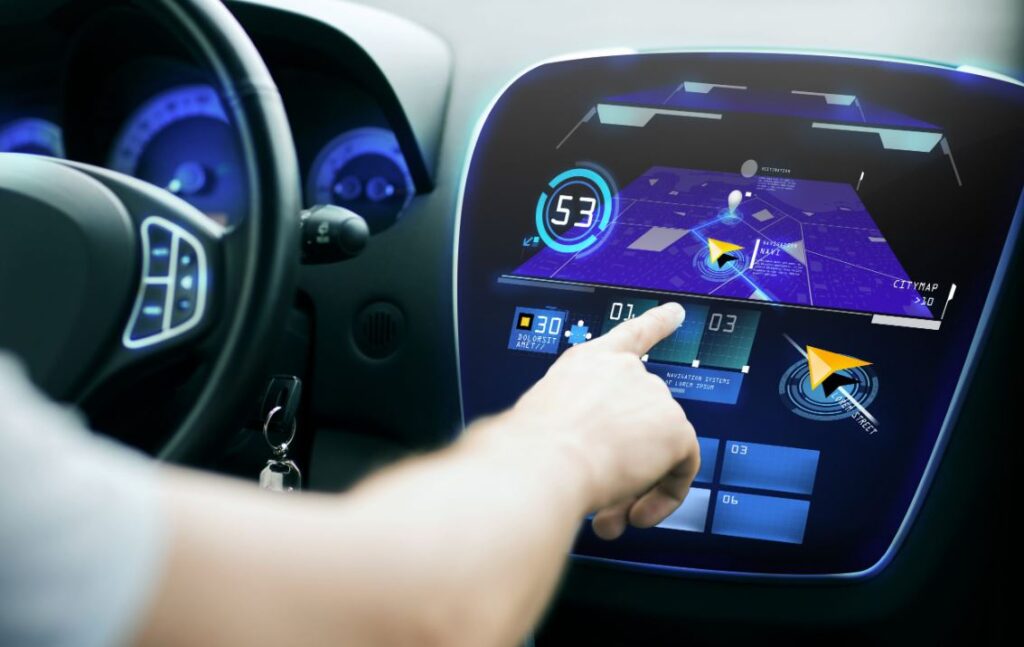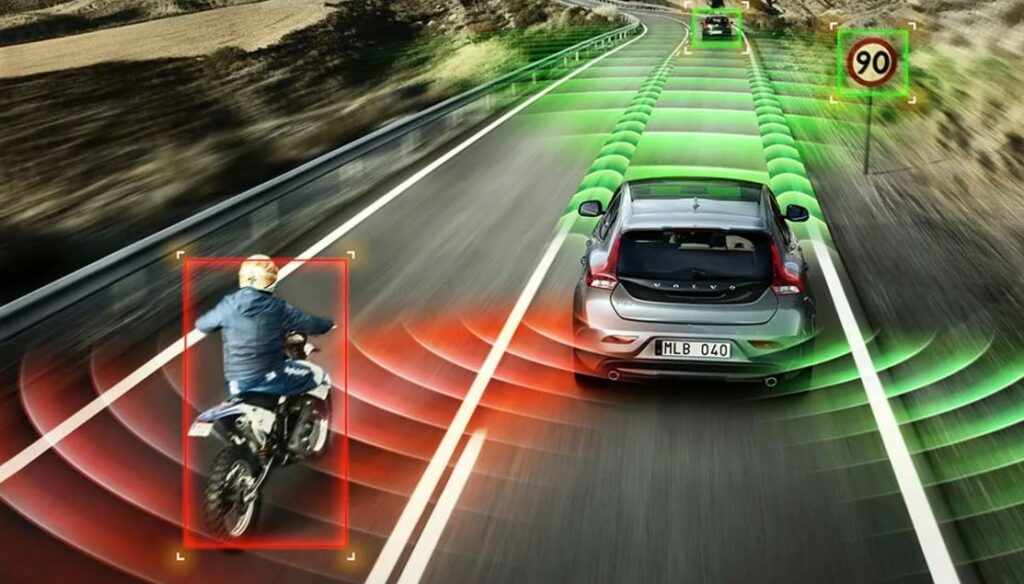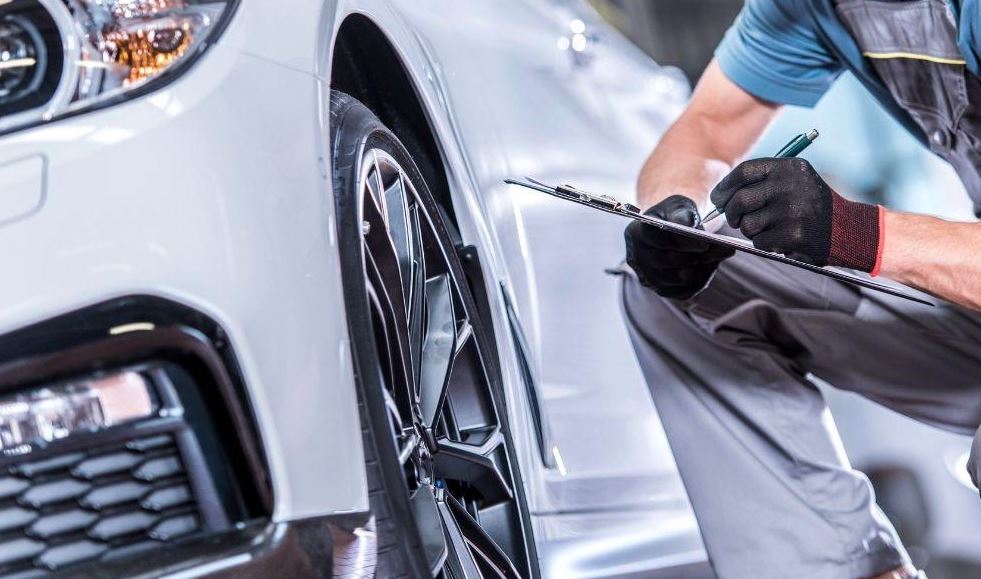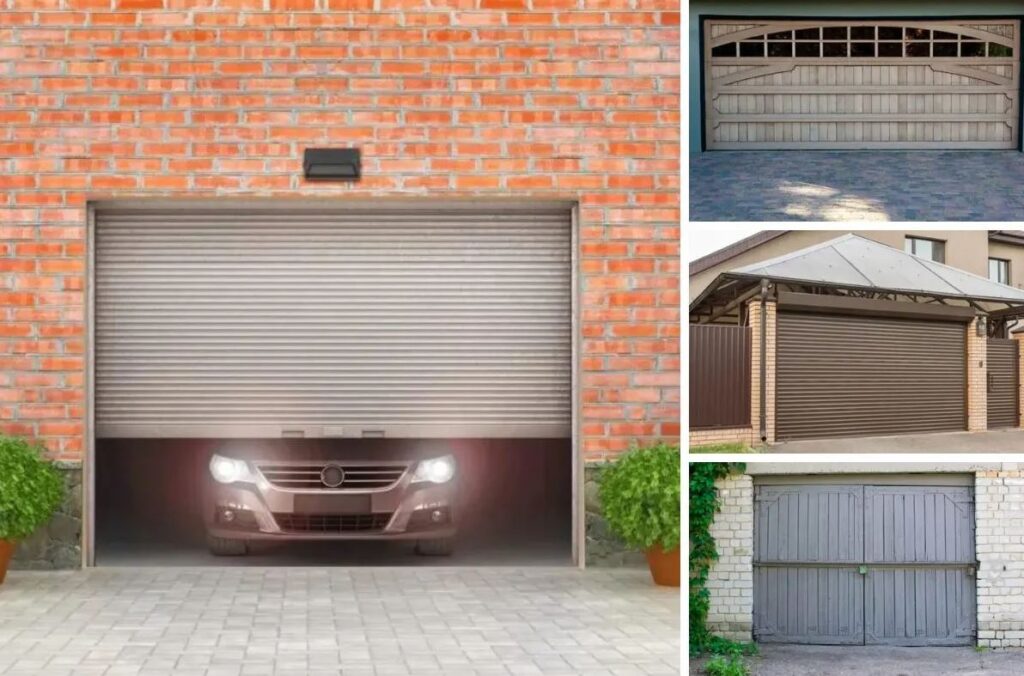Road safety is an issue that impacts us all, whether we’re behind the wheel, riding as a passenger, or simply crossing the street. Over the years, automobile manufacturers have gone to great lengths to implement safety features into their vehicles. Gone are the days when seat belts and airbags were considered cutting-edge; today, we’re venturing into the era of autonomous driving and real-time, sensor-driven safety adjustments.
Modern cars are now equipped with a myriad of advanced safety technologies designed not just to minimise the damage from accidents but to prevent them altogether. These features radically reduce the risk of road mishaps, change our thoughts about driving, and even influence car accident law. In this blog post, we will delve deep into these innovative technologies, explore how they make our roads safer, and discuss what this means for consumers and legal professionals.

Brief History of Car Safety Technologies
Safety was not a primary concern when automobiles first took to the roads. However, the advent of higher speeds and increased traffic led to a growing number of accidents, necessitating the development of safety measures. The introduction of seat belts in the 1950s marked a significant milestone. Later, airbags and anti-lock brakes became standard features, offering a layer of protection and control previously unavailable.
Transition to Digital and Automated Technologies
In the last decade, we’ve witnessed a seismic shift from these rudimentary safety features to a more digitised and automated approach. On-board computers, sensors, and machine learning algorithms are now part of a car’s safety toolkit. This transition aims not just to protect occupants when an accident occurs but to prevent accidents in the first place proactively.
Types of Advanced Safety Technologies
Collision Avoidance Systems
Radar-based Warnings
Modern cars are often equipped with radar systems that can detect the presence of obstacles or other vehicles in close proximity. When the system identifies a potential collision risk, it issues a warning to alert the driver.
Automatic Braking
Some advanced systems take it a step further by warning the driver and initiating automatic braking if the driver fails to respond in time.
Steering Adjustments
In certain cases, these systems can even make minor steering adjustments to avoid a collision, although this is generally considered in the experimental phase.
Lane Departure Warnings and Lane-Keeping Assist
How it Works
Lane departure warnings alert the driver when the car starts to drift out of its lane. Lane Keeping Assist will gently steer the car back into its lane if the driver doesn’t react promptly.
Benefits and Limitations
While this feature significantly reduces the risk of accidents caused by drifting, it may not work well in poor weather conditions or on roads without clear lane markings.
Adaptive Cruise Control
Explanation and Functioning
This system maintains a set speed like traditional cruise control but adjusts the speed based on the distance to the vehicle in front, slowing down and speeding up automatically.
Real-world Applications and Advantages
Adaptive Cruise Control is particularly useful in heavy traffic and long drives, reducing driver fatigue and maintaining a safe following distance.
Blind Spot Detection
Working Mechanism
Sensors mounted on the side and rear of the car can detect vehicles in the driver’s blind spots and trigger a warning light or sound.
Importance for Driver Safety
Blind spots significantly contribute to road accidents, especially during lane changes. This technology provides an extra set of “eyes,” making driving safer.
Driver Monitoring Systems
Drowsiness Detection
Sensors and cameras can track signs of driver fatigue, such as eye movement and steering patterns, and can alert the driver when it detects signs of drowsiness.
Eye-tracking Technologies
More advanced systems use eye-tracking to determine where the driver is looking, ensuring they pay attention to the road.
Vehicle-to-Everything (V2X) Communication
Car-to-car Communication
V2X allows vehicles to communicate with each other, sharing data about speed, direction, and other factors to prevent collisions.
Car-to-infrastructure Communication
This extends to traffic lights, road signs, and even pedestrian crosswalks, allowing the car to “know” the state of its surroundings in real time.
Benefits in Busy and Complicated Traffic Conditions
V2X is especially useful in busy intersections and highways where high speeds and quick reactions are necessary. The technology can warn the driver or even take preventive actions autonomously.
Statistical Impact on Road Safety
With the introduction of these technologies, there has been a noticeable decline in road accidents. For example, a study by the Insurance Institute for Highway Safety (IIHS) showed that lane departure warnings have reduced single-vehicle, sideswipe, and head-on crashes by 11%.
Multiple reports and academic studies support these claims, providing empirical evidence that advanced safety technologies are making a difference in road safety.
What This Means for Car Accident Lawyers
Traditionally, the role of a car accident lawyer primarily focused on determining fault through evidence like eyewitness testimonies, police reports, and expert evaluations. Factors such as distracted driving, speeding, and failing to obey traffic laws were often the basis of legal arguments.
However, the advent of advanced safety technologies is dramatically altering the landscape. Lawyers must now consider many data points and electronic evidence these systems generate. For instance, did the collision avoidance system work as it was supposed to, or did it fail, contributing to the accident?

Understanding how these systems work is critical for lawyers to represent their clients effectively. They must be prepared to consult with automotive experts and even software engineers to evaluate the functionality and reliability of these systems during an incident.
Technological shortcomings or cybersecurity vulnerabilities can introduce new types of liabilities. Was the accident due to a system failure? Could it have been prevented with a software update, or was the car’s system hacked? These are questions lawyers now have to explore.
Lawyers in this field must continuously learn and adapt their practices to incorporate these technologies. Collaboration with experts in automotive technology is becoming increasingly essential to interpret data accurately and build a compelling case.
Consumer Considerations
One downside to this technological progression is the cost barrier. Advanced safety features often come in higher-end models or as part of premium packages.
This brings us to an ethical quandary: Are we moving toward a world where safety is a luxury only the affluent can afford? Equal access to safety technologies is a concern that needs to be addressed at the policy level to ensure we do not create a divide between the “haves” and the “have-nots.”
In the grand scope of automotive evolution, we’re living in a transformative era where cars are becoming less like machines and more like partners in safety. Advanced technologies are not only enhancing our driving experience but are also making our roads safer for everyone. These changes influence various aspects of life, from how we drive to how legal professionals approach car accident cases.
While these technologies bring about promising reductions in accident rates, they also introduce new challenges and responsibilities for consumers and legal professionals. It is up to us as a society to ensure that these technologies become universally accessible rather than a luxury exclusive to those who can afford them.
So, as we steer into the future, let’s embrace these advancements with an open yet critical mind, continually striving for innovation while ensuring safety and justice for all road users.



